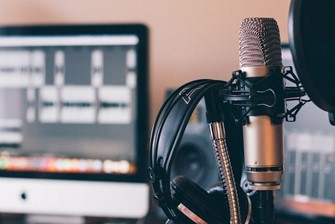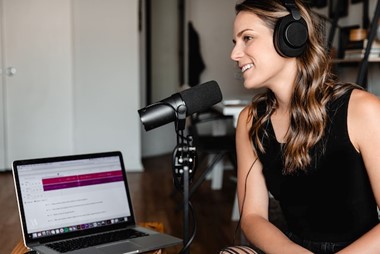
Keeping up with the latest advancements in consumer technology, business tools, edtech, and gadgets designed to make us more productive is an endless pursuit. This year shows no signs of a slowdown in terms of innovation and product design, so what’s hot in tech for 2023?
Misha Solodovnikov explains that the most recent emerging technology trends of the year include the widespread application of artificial intelligence, digital re-creation, and the advent of an immersive digital reality. These pieces of technology are not only rising in popularity, but are experiencing rapid growth in terms of application and capabilities as well.
In this article, we will go over the three emerging technology trends of 2023, providing an overview of what makes each both useful and popular. By the conclusion, it should be easy to see why the technology trends have evolved to this popular stage. Let’s get started!
Top 3 Emerging Technology Trends of 2023
Technology has helped human beings to solve problems, reach answers to life’s big questions, and accomplish more overall, thanks to the speed of automation. No matter what industry or hobby a person is engaged in, there is usually some app or technological component available to make it easier, safer, or more fun.
The types of technology that have advanced both in sophistication and popularity in the year 2023 are listed as the top 3 trends below:
- Widespread Use of Artificial Intelligence
- The Use of Digital Re-Creation
- Immersive Digital Realities
Let’s take an even closer look at each of these trends to see not only what they are, but why they have become so popular.
Widespread Use of Artificial Intelligence
Artificial intelligence is already a big part of many people’s lives, whether they’re aware of it or not. From chatbots that help book vacation destinations or streamline human interactions with customer service, to household assistants like Siri or Alexa, we’ve largely embraced technological minds.
However, in the future, technology’s trends seem to be leaning toward artificial intelligence that can replace the job positions of many human workers. Some AI can even write essays or process data faster than a human, even now. However, as these jobs become automated, new ones involving the maintenance of AI will open up!
The Use of Digital Re-Creation
We’ve all been clued into the trend of digital re-creation since the early 2000s, specifically when photo-editing was receiving widespread attention. However, currently, digital recreation of the real world is going far beyond the capabilities of photoshop.
Three-dimensional models are being created, along with virtual reality spaces where simulations of everything from new construction projects to racecar-driving outcomes are being tested! This technology is projected to be able to even run simulations of edits on DNA coding, similarly to the work done in the Human Genome Project.

Immersive Digital Realities
Experts in the field have been creating immersive digital worlds for VR or AR experiences that can be referred to as “metaverses.” Metaverses are constantly growing and changing in levels of enjoyment and experience.
Currently, technology allows us to trick our bodies into believing they are flying or running through a fantasy three-dimensional landscape through the use of technology that manipulates the senses. This is done through the use of both stationary VR experience locations and mobile devices.
Some believe that these will eventually evolve into full-body suits that will simulate sensational feedback, or even smart glasses that operate even more intuitively than the average mobile phone!
In Conclusion
To sum it all up, the technology trends of this year include the widespread use of artificial intelligence in nearly every area of human life, the use of digital means to re-create aspects of our reality even beyond photo editing, and the creation of more and more immersive digital worlds to explore.
Industries and individuals alike should remain aware of these technology trends to stay on top of how they can make them work in a favorable way!


